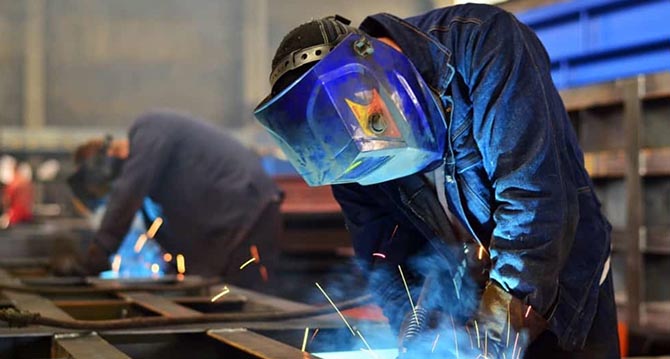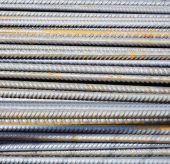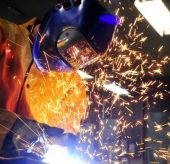Industrial Gas Production Technologies
Sacramento Sparks Reno Welding Supply
Advancements in Industrial Gas Production Technologies
The production of industrial gases such as oxygen, nitrogen, and hydrogen is undergoing significant transformation, driven by the need for efficiency, cost reduction, and environmental sustainability. Innovations in this field are revolutionizing traditional methods, leading to advancements that benefit various industries, including healthcare, manufacturing, and energy.
One of the key innovations in oxygen and nitrogen production is the adoption of advanced cryogenic air separation technology. Traditional methods involve cooling air to extremely low temperatures to liquefy and separate its components. Recent advancements have improved the energy efficiency of this process. Modern plants now use high-efficiency compressors, optimized heat exchangers, and advanced control systems to minimize energy consumption. Additionally, the integration of renewable energy sources, such as wind and solar power, into the production process further reduces the carbon footprint of these facilities.
Membrane separation technology is another significant development, particularly in nitrogen production. Membrane systems use selective permeable membranes to separate nitrogen from air, offering a more energy-efficient and scalable solution compared to cryogenic methods. These systems are modular, allowing for easy expansion and customization based on specific industrial needs. This technology is especially beneficial for on-site nitrogen generation, reducing the need for transportation and associated emissions.
Hydrogen production has seen groundbreaking advancements with the rise of green hydrogen. Traditional hydrogen production, primarily through natural gas reforming, is carbon-intensive. Green hydrogen, produced via electrolysis using renewable energy, offers a sustainable alternative. Recent innovations in electrolyzer technology have significantly increased efficiency and reduced costs. High-efficiency proton exchange membrane (PEM) and solid oxide electrolyzers (SOE) are at the forefront, enabling higher hydrogen yields with lower energy input. Furthermore, the integration of artificial intelligence and machine learning in the operation and maintenance of electrolyzers optimizes performance and extends their lifespan.
Carbon capture and utilization (CCU) is another transformative innovation impacting the production of industrial gases. CCU technologies capture carbon dioxide emissions from industrial processes and repurpose them into valuable products, such as synthetic fuels and chemicals. This approach not only reduces greenhouse gas emissions but also creates a circular economy, where waste emissions are converted into useful resources.
The latest innovations in the production of industrial gases are enhancing efficiency, reducing costs, and minimizing environmental impact. Advanced cryogenic air separation, membrane technology, green hydrogen production, and carbon capture and utilization are at the forefront of this transformation. As these technologies continue to evolve, they promise a more sustainable and economically viable future for the industrial gas sector.





